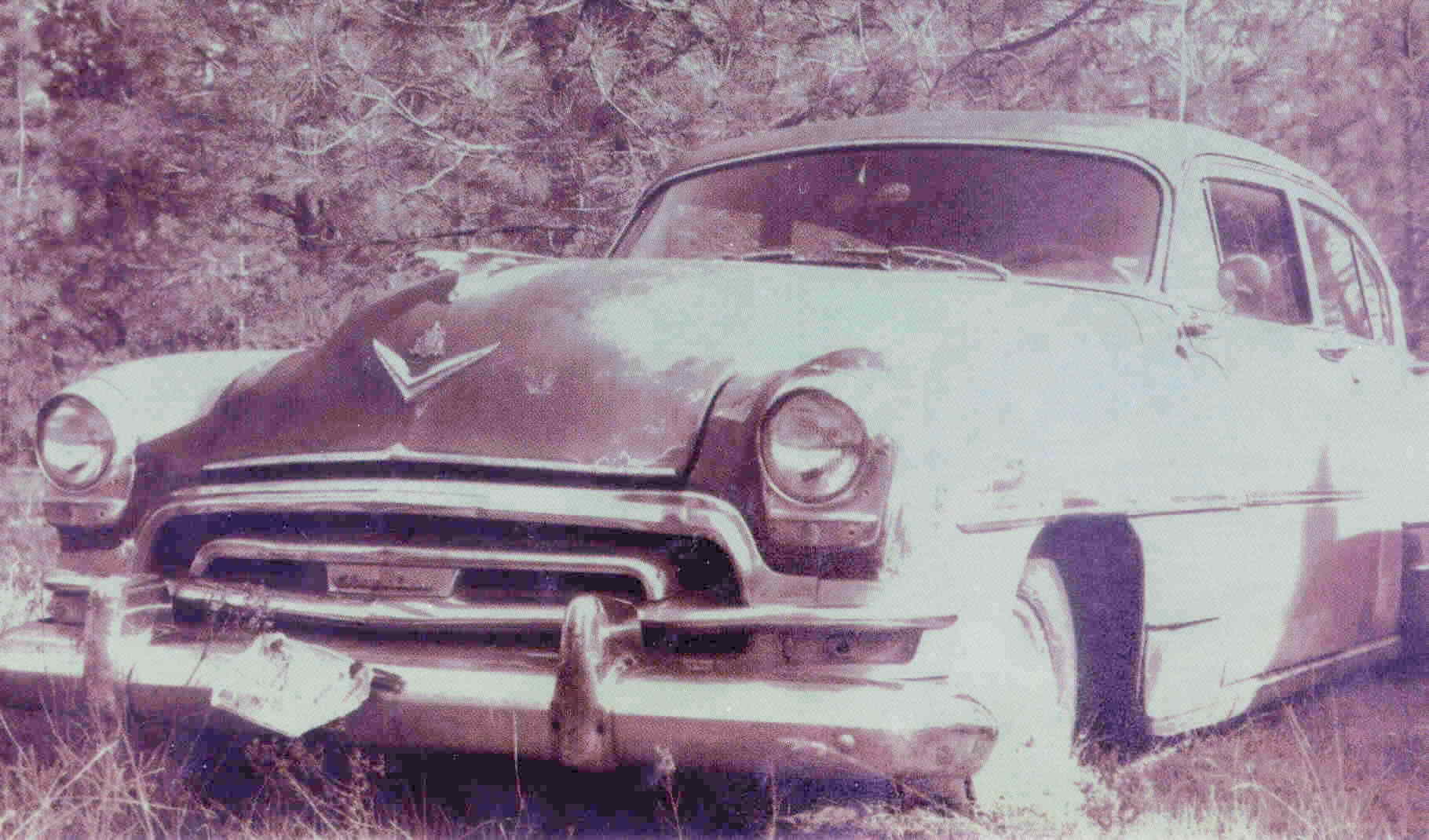
It was an effort to make the car look longer and lower. --Harley Earl (Patton 1992:185)
Product cue. 1. A horizontal pinstripe, painted by hand or by mechanical means, running the length of a motor vehicle just below the windows. 2. Any of several thin, linear markings a. of chrome stripping or vinyl, or b. stamped as embossments or indentations, running along the sides of an automobile or truck body.
Usage: Vehicular stripes decorate virtually all U.S. automobiles produced since 1927. Through an optical illusion, horizontal stripes suggest that cars are both "longer" and "lower" to the ground. Horizontal stripes also suggest greater "speed."
Evolution. The vehicular stripe originated as a messaging feature around the body (or "beltline") of the 1927 LaSalle. According to its inventor, Harley Earl, "This strip was placed there to eat up the overpowering vertical expanse of that tall car" (Patton 1992:185).
RESEARCH REPORTS: 1. "Earl dictated that a single highlight should run the length of the car, like a theme or plot" (Patton 1992:185). 2. Originally, "These encircling lines were painted by hand instead of by mechanical means because a rule line is a 'dead' line, and a perfect, rule line lacked the insouciant raciness a hand drawn line gives a finished automobile" (Patton 1992:185).
Neuro-notes. We are highly stimulated by edges, lines and linear details (perhaps from a primate fascination with branches and trees). Just as the linear necktie (see NECKWEAR) creates an illusion of greater verticality and physically imposing height (see HIGH-STAND DISPLAY), the automobile pinstripe creates an illusory vision of length and "speed." This is because one layer of our primary visual cortex contains specialized orientation-selective neurons, which respond only to vertical or horizontal lines, or to linear angles between the two.
See also CONSUMER PRODUCT, VEHICULAR GRILLE.
Copyright 1999 - 2016 (David B. Givens/Center for Nonverbal Studies)